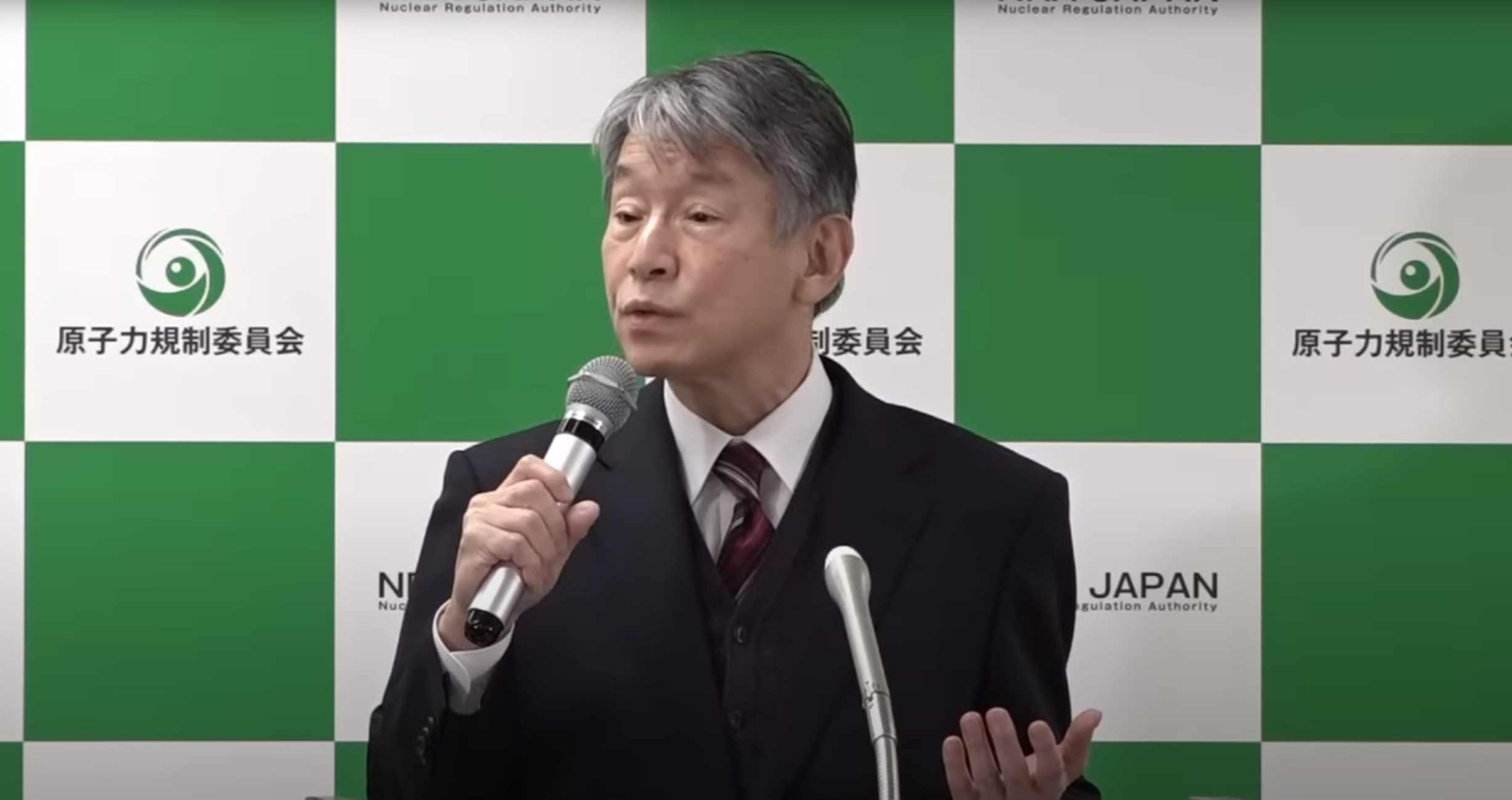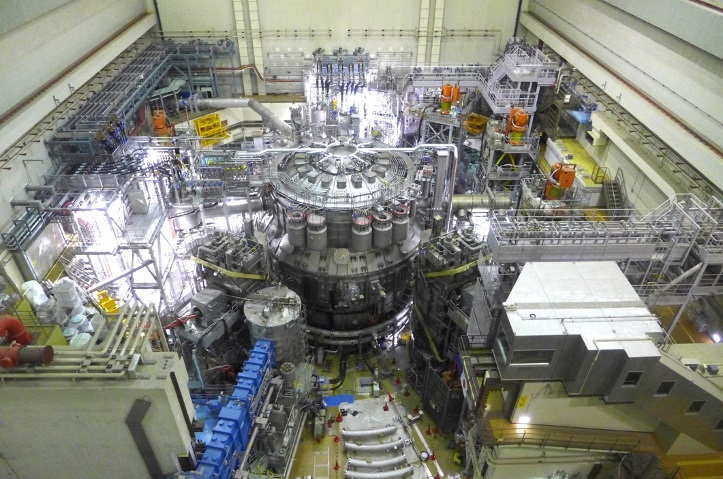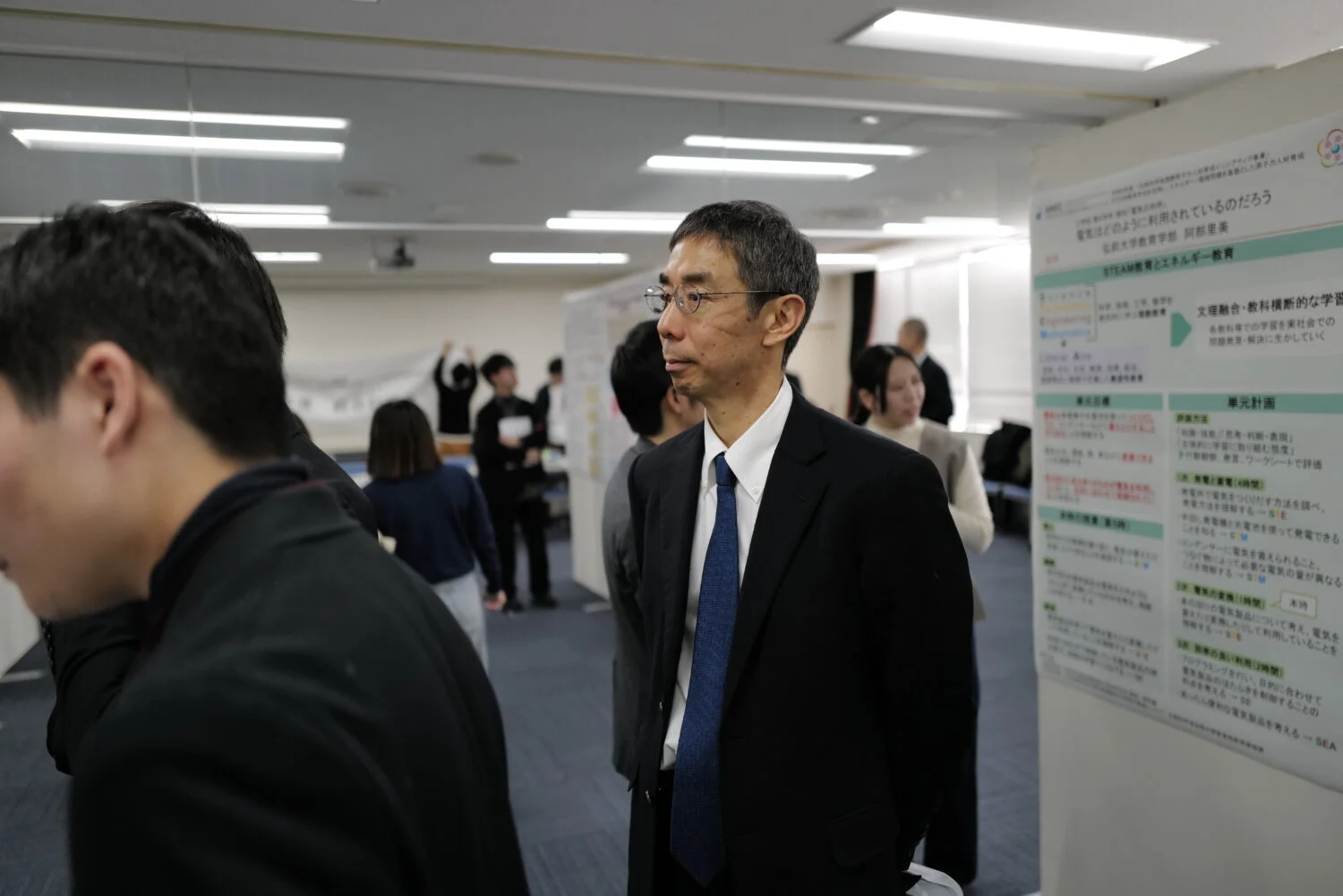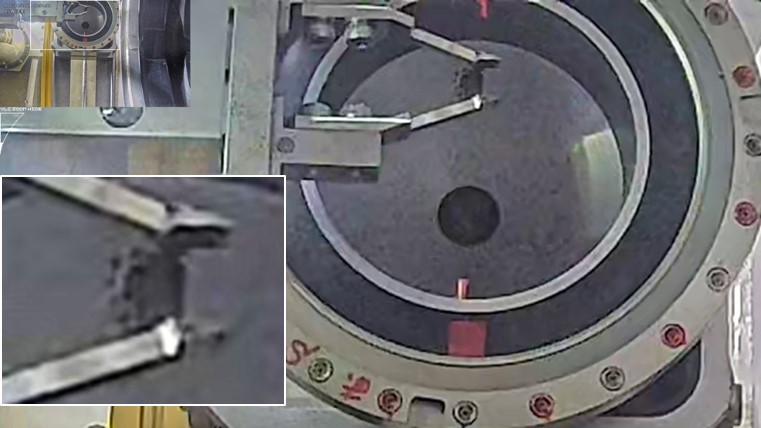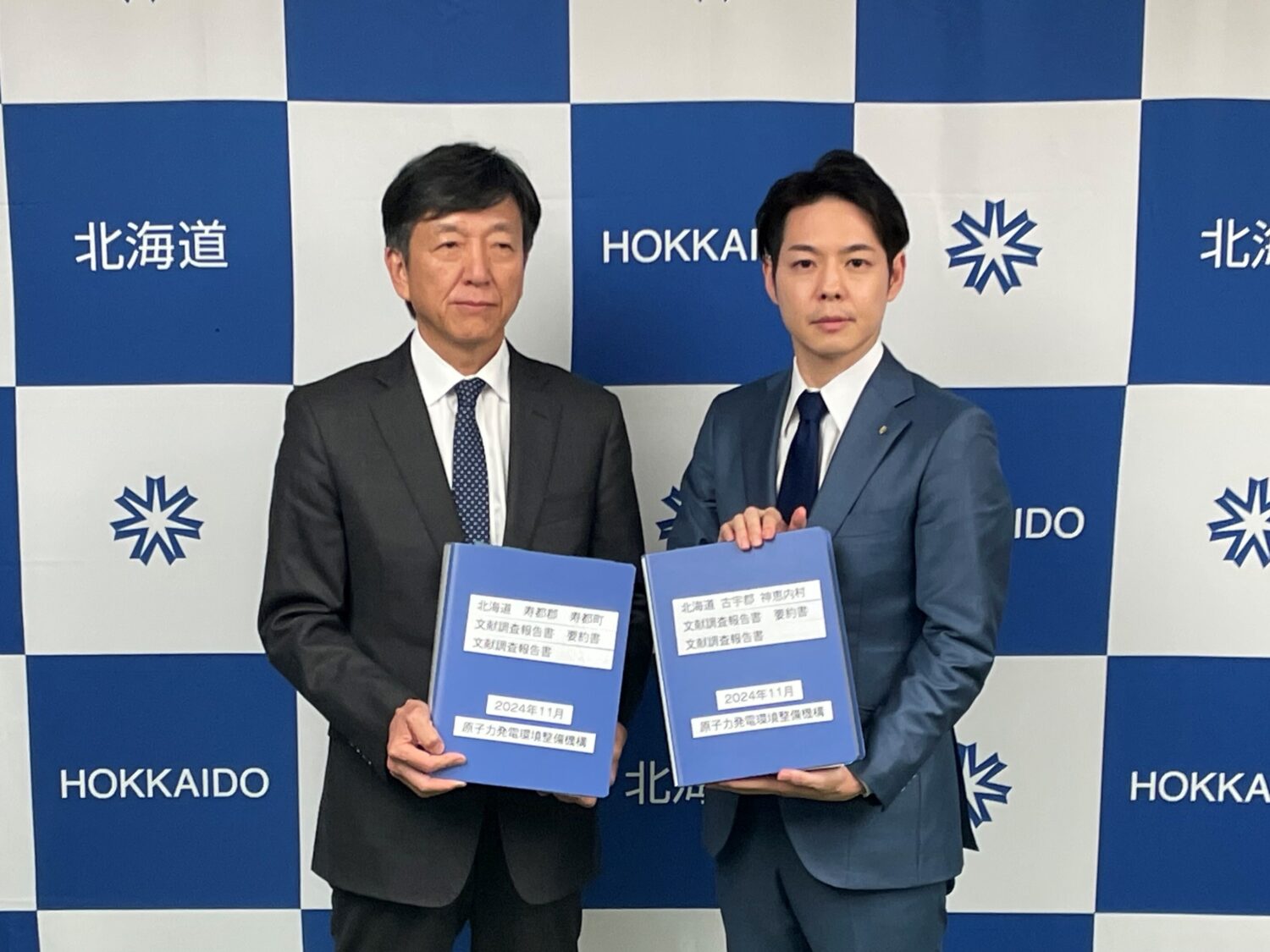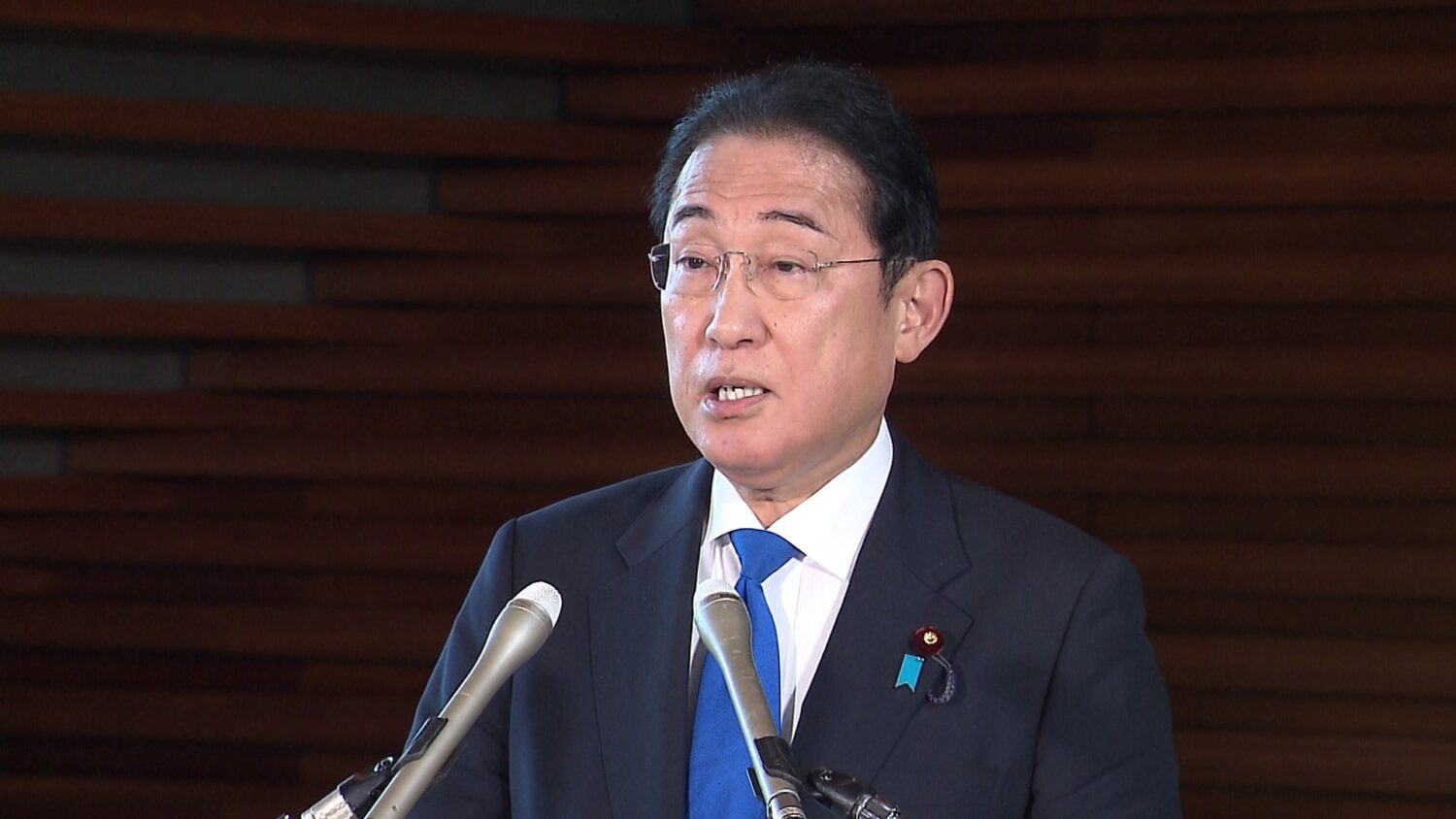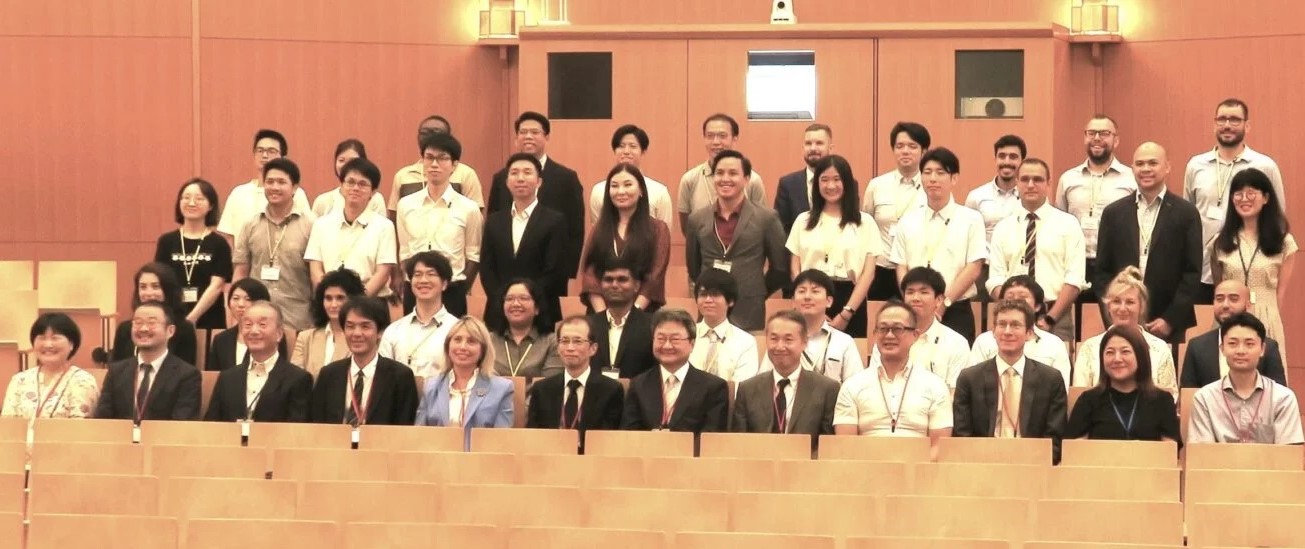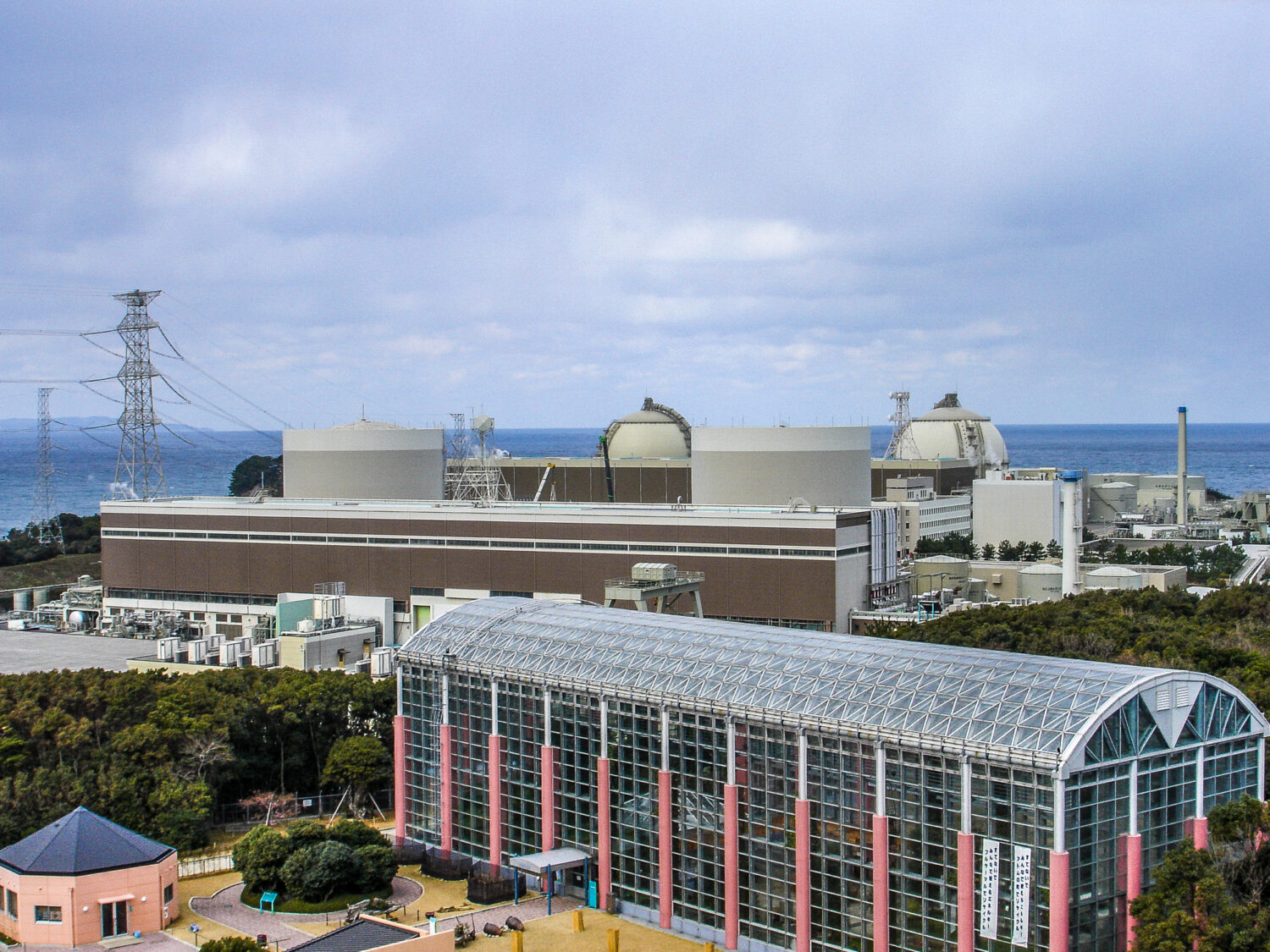On December 23, 2019, the Institute of Energy Economics, Japan (IEEJ) released a report entitled “Economic and Energy Outlook of Japan for FY2020,” referring to the fiscal year beginning on April 1, 2020.
According to the report, Japan’s domestic primary energy supply is expected to decline year-on-year by 0.4 percent in both the current fiscal year 2019 (ended March 31, 2020) and the coming fiscal year 2020, due to reduced production in manufacturing and progress in energy conservation, while economic activities should expand modestly.
Looking specifically at nuclear power, no nuclear power plants (NPPs) were restarted in FY19, with domestic energy supply put at 61TWh, down 1.8 percent. In FY20, although four NPPs are expected to be restarted, three will be suspended, because facilities for responding to specific severe accidents—termed “specific safety facilities” (i.e., anti-terrorism measures)—will not be completed by their installation deadlines. Energy supply is expected to expand year-on-year in the coming fiscal year by 4.1 percent, to 63.5TWh.
As for coal, its use in Japan has been flat recently, but will rebound to a 2.4-percent year-on-year growth in FY20, given the construction of additional coal-fired thermal generation plants starting in the latter half of FY19. The report shows expected declines in oil and natural gas at almost the same rate until FY20.
Currently compatibility examinations for twelve NPPs (including those under construction) are being carried out by the Nuclear Regulation Authority of Japan (NRA). The deadline for completion of specific safety facilities will come in March 2020 for Sendai-1, the first of two units at the facility owned and operated by the Kyushu Electric Power Co. The deadline for Sendai-2 is two months later, in May.
The report also includes a scenario wherein no NPPs would be suspended due to the incompletion of specific safety facilities. In that case, in contrast to the basic scenario, fossil fuel imports would decline by JPY60 billion (USD550 million at USD1=JPY109), energy self-sufficiency would improve by 0.5 percent, and CO2 emissions would be reduced by 3 million tons.
Given that more NPPs will be facing the same deadlines in and after FY20, the report notes that the “smooth restart of NPPs through functional safety examinations is important for Japan to achieve the 3 E’s (economic efficiency, energy security, and environmental protection).”
In an IEEJ report on prospects for nuclear power and related issues, Tomoko Murakami, group manager of IEEJ’s Nuclear Energy Group, says that for the nine NPPs that restarted already, it took an average of a year and five months for restarts to take place from the time of approval of compatibility under the new regulatory standards.
She added that attention should be paid in FY20 and thereafter to such lead times for restarting, as well as regarding applications for extensions of NPP operating lives.



